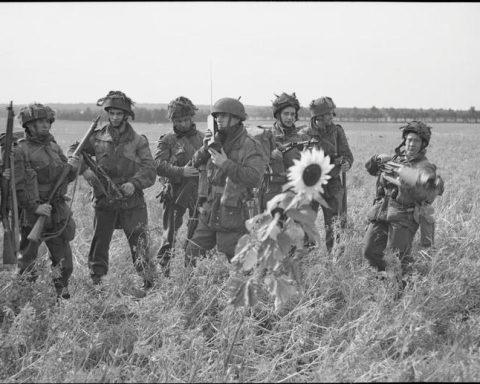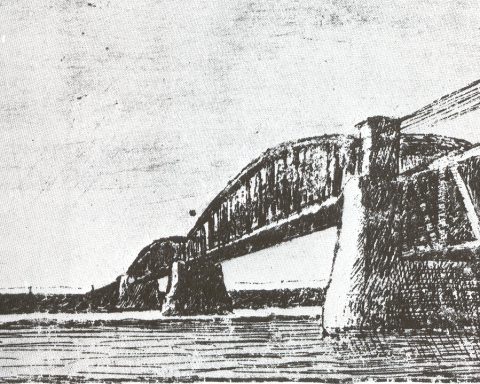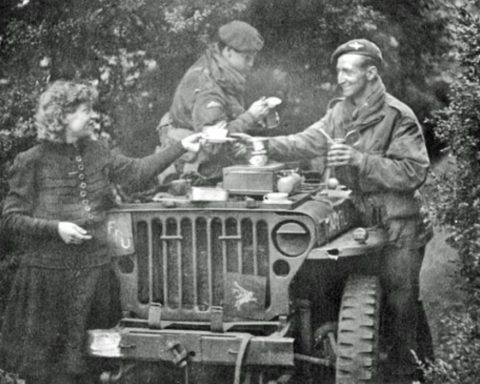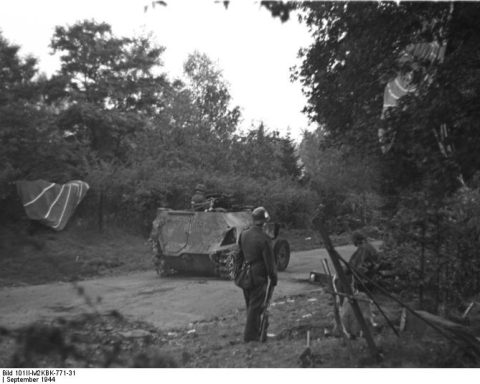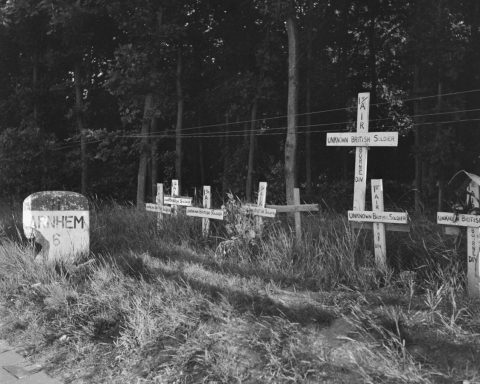Part of the Polish Airborne Brigade landed near Arnhem on Tuesday, September 19. The Poles found themselves in the middle of heavy fighting between the British and Germans around the landing site.
Originally, the entire 1st Polish Airborne Brigade was supposed to land near Arnhem that day. But because the weather was too bad at most airfields in England, the majority of the Polish paratroopers remained on the ground on Tuesday, September 19. It was unsafe for the cumbersome and slow C-47 transport planes to take off and fly in formation.
Only 44 gliders carrying the Polish anti-tank company and British troops, who due to various circumstances had not ended up in Arnhem, took off from southern airfields where the weather cleared. Not all of these planes reached Arnhem.
“We had no choice but to watch in amazement as our friends faced certain death.”
Due to problems, seven Horsa gliders had to make an emergency landing in England, on the North Sea or in Belgium. Over the Netherlands, one glider received a direct hit from German anti-aircraft fire, while anti-aircraft fire destroyed the tow cable of six other horsas.
Ultimately, thirty gliders reached landing zone LZ-L, south of the Amsterdamseweg and north of Oosterbeek. Nowadays we find the Papendal golf club on the site of this landing zone.
Just east of the Polish landing zone, there was heavy fighting that morning between the British 4th Parachute Brigade and German troops. The heavily armed Germans of the 9th SS Armored Division had inflicted heavy losses on the British and in the early afternoon the remainder of the 4th Parachute Brigade was therefore withdrawn south to the relative safety of Oosterbeek.
This withdrawal left the Germans free to advance further west, where the King’s Own Scottish Borders (KOSB) battalion protected the landing area.
When the gliders approached around 4 p.m. that afternoon, the KOSB troops could not prevent the Germans from firing at the planes with everything they had at their disposal. The chaplain of the Regiment Glider Pilots wrote about the landing:
“We had no choice but to watch in amazement as our friends faced certain death. We watched the terrible tragedy in anguish. It was extremely heroic. It now dawned on us that we were encountering heavy resistance.”
Chaos
Because the landing of the Poles was accompanied by the withdrawal of the 10th Battalion of the 4th Parachute Brigade, this quickly led to chaotic scenes. Troops of the 10th Battalion retreated through the open field while around them the gliders were unloaded and German troops fired.
“It was absolute hell,” said Major Lindley of the 10th Battalion. “The Germans had surrounded the open area with anti-aircraft guns and machine guns. The Poles suddenly started shooting everywhere.”
Captain Nick Hammer: “There was almost panic when the Germans advanced behind us. I saw a German vehicle driving towards a glider from the forest. It fired straight into the glider. Horrible to see.”
In the confusion, some gliders had their cargoes abandoned as the British and Poles retreated south.
At that moment, A Company of the KOSB encountered problems on the north side of the landing area. Immediately after the landing of the gliders, the company had to withdraw in a southerly direction. However, for unknown reasons, the British walked to the east, parallel to the Amsterdamseweg.
Private Wilf Bell describes what happened next:
“Suddenly two Germans, possibly officers, emerged from the woods ahead. About 200 meters from us. They shouted in English: “Put down your weapons!” A large number of Germans then deliberately showed themselves. They were heavily armed. We were surrounded on three sides.”
Most of A Company’s soldiers surrendered. About thirty British who were in the rear managed to escape captivity.
German war photographers were quick to photograph the hundreds of captured British soldiers that day. For the German propaganda department, these were welcome images after the defeat in Normandy: the German army had not yet been defeated.





